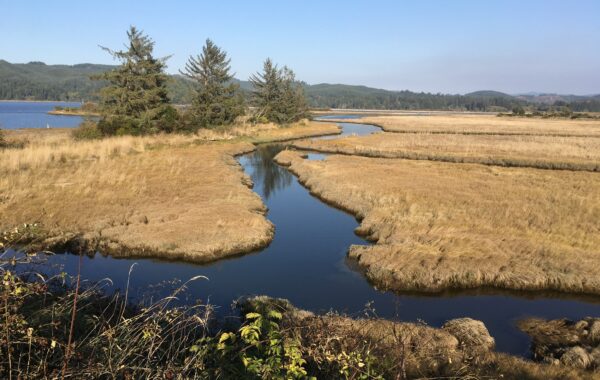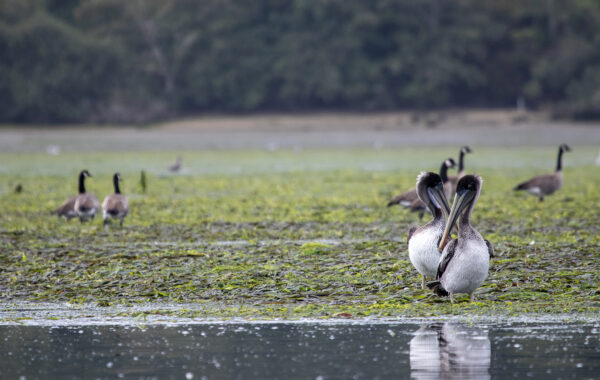Shoreline and Land Management
Advocating for management policies that protect coastal resources

Protecting our Coast
Oregon Shores has been serving as a watchdog over our public shoreline for more than 50 years. From its inception, wehave worked to persuade State Parks to ensure a natural shoreline, free of excessive alterations and disturbances. Our first president, Ken Fitzgerald, carried on a personal crusade against “clam crushers”—people driving on the beach. We have advocated for removing vehicles from the sand ever since.
In addition to seeking bans on vehicles, and recently restrictions on drone use, we have advocated for limits on removing material from the beach (such as sand or driftwood), and bans on fireworks, prohibitions of smoking, and burning pallets onto the beach (which respectively leave butts and nails behind for others to step on or for wildlife to peck at). Most important for the future of the beach, we have constantly lobbied State Parks for tighter controls on shoreline armoring (see separate section on this issue).
Leave No Trace
With millions of people visiting and recreating on Oregon’s iconic beaches yearly, robust shoreline regulations are critical to ensuring our beaches remain wild so that future visitors and wildlife can enjoy it too. Cumulative impacts from many uses of our beaches can degrade the ecosystem over time without regulations that protect public resources. We support responsible management and individual stewardship of our coast, which requires advocacy on many fronts.

Enhancing Stewardship and Cooperation
Whenever possible, we work cooperatively with State Parks, particularly the beach rangers. Our CoastWatchers and other members report violations of shoreline rules and collaborate to pick up debris.
We have engaged at crucial moments in campaigning for shoreline habitat protection. We were involved in the effort to create a Habitat Conservation Plan for the threatened Western snowy plover, and we support projects to restore natural dune habitat free from the invasive European beachgrass.
We also monitor and interact with other agencies that have regulatory roles on the shoreline, including the U.S. Fish and Wildlife Service and U.S. Forest Service (both also involved in snowy plover habitat conservation), the Oregon Department of Fish and Wildlife, and the Department of Geology and Mineral Industries.
Periodically, State Parks (the Oregon Parks and Recreation Department) revisits and revises its ocean shore management plan. The department is in the early stages of another round of this process. At this point, it is entirely in-house, and it may be quite some time before the public is invited to study and comment on proposed changes. When the opportunity does arise, Oregon Shores will make it a priority to organize our members and others to advocate for policies that do the most possible to protect our shores, with their resources and their natural splendors.

